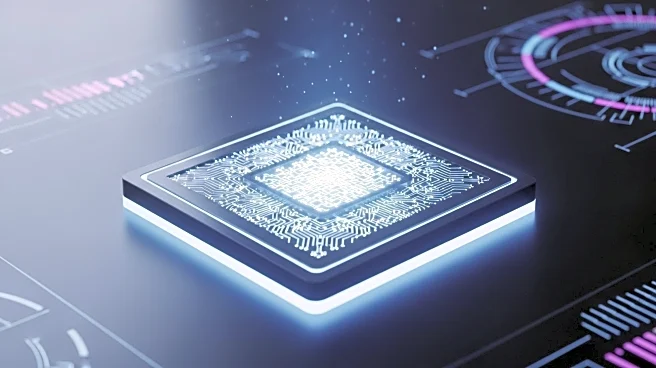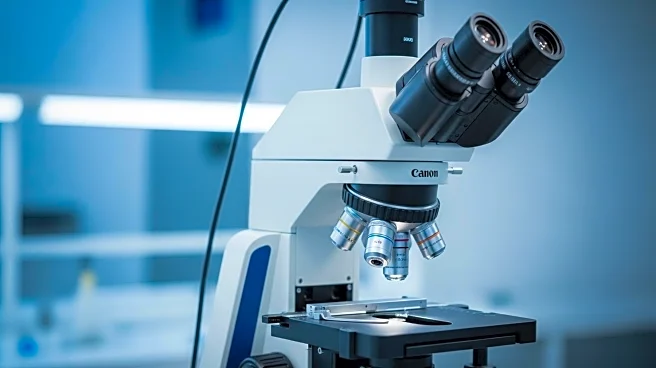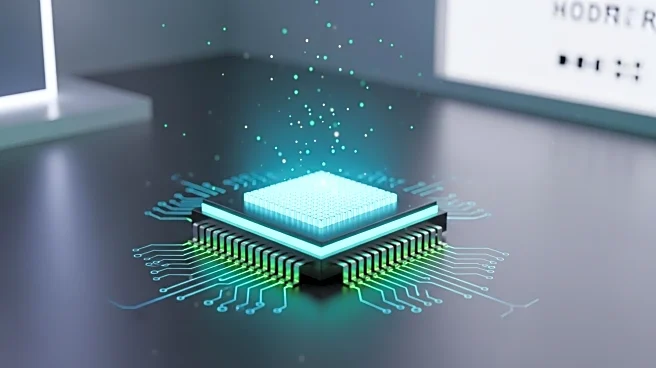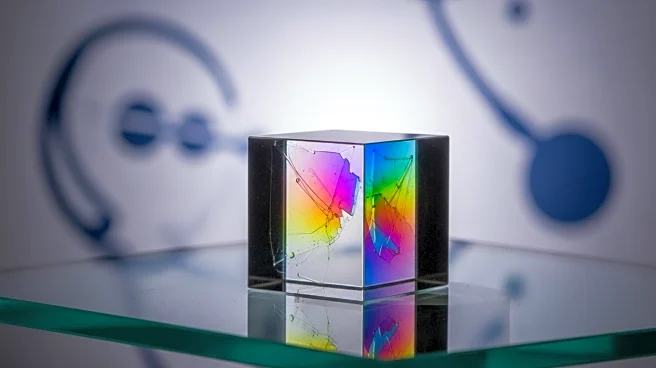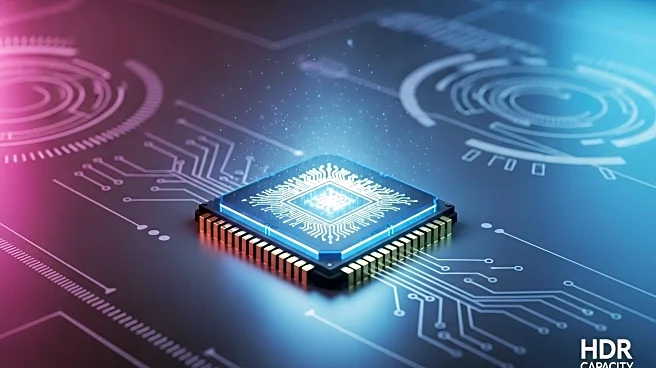What is the story about?
What's Happening?
Researchers at Columbia University have successfully pushed electrons within graphene to supersonic speeds, creating shockwaves similar to hydraulic jumps observed in fluid dynamics. This breakthrough was achieved by using a microscopic nozzle made from two layers of graphene, forming a 'de Laval nozzle' that allows electrons to accelerate and form shockwaves. The experiment required adapting a microscope to map the voltage of electrons across the nozzle, a technique that had not been used before for detecting electron hydraulic jumps. This development opens new possibilities for understanding electrically charged shockwaves and their potential applications.
Why It's Important?
The ability to push electrons to supersonic speeds within graphene could have significant implications for the development of new technologies, particularly in the fields of electronics and materials science. Understanding electrically charged shockwaves may lead to innovations in generating infrared and radio waves, potentially impacting communication technologies. This research also contributes to the broader understanding of electron flow dynamics, which could influence future designs of electronic devices and systems. The findings may pave the way for new applications in energy generation and signal processing.
What's Next?
Researchers are exploring whether the hydraulic jump of electrons is accompanied by radiation emission, which could be harnessed for new types of generators. The ongoing debate among experimentalists and theorists about the emission potential suggests further experiments and studies are needed to fully understand the phenomenon. Future research may focus on refining the techniques used to detect and measure these shockwaves, as well as exploring practical applications in technology and industry.
Beyond the Headlines
This research highlights the intricate relationship between fluid dynamics and electron flow, offering a unique perspective on how principles from one field can inform advancements in another. The ethical and environmental implications of developing new technologies based on these findings could be significant, particularly in terms of energy efficiency and resource utilization. Long-term shifts in electronic device design and functionality may result from this breakthrough, influencing both consumer electronics and industrial applications.
AI Generated Content
Do you find this article useful?


